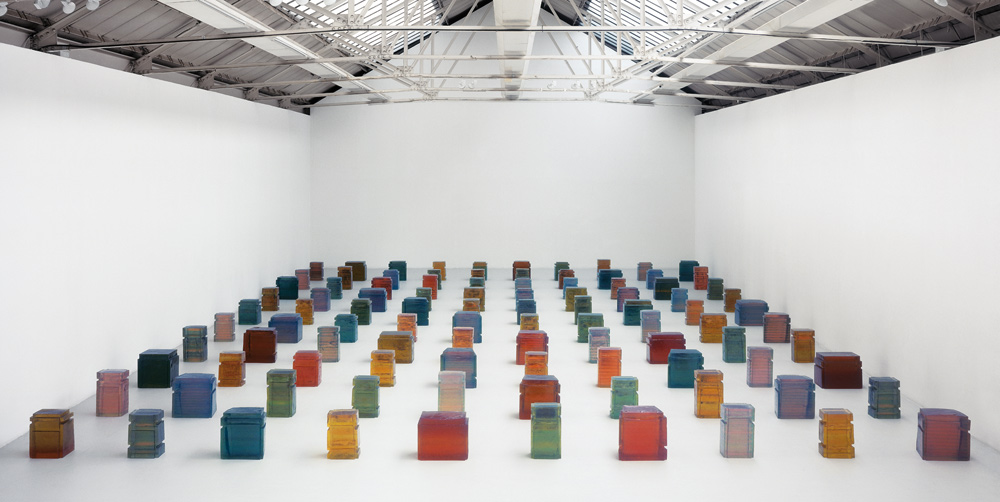The snow had fallen all night, but the morning dawned clear and sharp. To the south, as I topped the first rise of the hills, lay the Pyrenees, higher, more intricate in form and peak, more immense in span of horizon than I remembered. My second time as an artist in residence at Bordeneuve was beginning in beauty. Some of the peaks were blushed pink-apricot, others were subdued in greys and pearls. The foreground of rolling, energy-filled hills was their prelude, dark with winter filigree of trees. This massive display of seemingly timeless mountain ranges, so memorable, so old, so sacred and so wildly beautiful, left me with mixed emotions. I could understand why early man used the Pyrenees mountain caves and dwelt in these abodes close to their food sources and to their gods.
Read MoreTanzania
Found objects - artists' treasures /
A short article on an upcoming exhibition, "Rachel Whitehead Drawings", at the Hammer Museum in Los Angeles, gave an insight into artists' habits which rang bells with me. The article, "Allegra Pesenti", (the exhibit's curator), appeared in January's issue of Art+Auction. It described how Rachel Whitehead, principally known for her resin cast sculptures, also has always had a concurrent creative activity, her drawing.
Untitled (One Hundred Spaces) 1995 Resin (100 units) (Image courtesy of the Sataachi Gallery)
Study (Blue) for Floor, 1992, Rachel Whiteread (Image courtesy of the Tate)
That seems hardly surprising as drawing is so often the underpinning of any creative conception - the mere act of drawing out possibilities and forms helps define what one is trying to say, in no matter what media.
The much more fascinating aspect of this curated exhibition, which travels later to the Dasher Sculpture Center in Dallas and finally to the Tate Britain, is Whiteheads's collection of found objects. She, like so many of us artists, is apparently a collector of sticks, stones and oddments that range from dental casts to shoe stretchers. She considers them sketchbooks parallel and complementary to her drawings.
I learned the joys of collecting stones and shells from the time I could walk, along the dazzlingly white - and in those days, deserted - beaches of Kenya and Tanzania. With the boom of surf beating on the distant reefs, the treasures to be found on the pristine sands were amazingly beautiful, not only for the diversity of tropical shells, but also for the reminders of long history, in the blue and white shards of early Chinese pottery and porcelain. Dhows, plying the Indian Ocean through millennia of trade winds, connected China and the Far East to India, the Middle East and East Africa: broken dishes used on the vessels would be thrown overboard.
These beautiful shards have been one of my treasures, and I found a way to include them in one silverpoint and watercolour drawing I did some while ago. "Three Generations - Braided Memories" used designs from the Chinese shards.
Three generations, braided memories of Kenya, silverpoint, silver foil, acrylic, Jeannine Cook artist
This was but the first of my many, many collections of found objects that I keep squirreled away. In the due and right time, they will become part of the creative process, I have learned. I know that many of my artists friends are inveterate pack rats too, but it is interesting that someone known mainly for her sculpture regards her collected objects as vital parts of her drawing activities. Good for Rachel Whitehead!


